Breaking Down How to Write a Family History Example
There is no right or wrong way how to write a family history example. A family history is a record of a family and the lives of family members. It can be written in a book format, but can also be presented in a variety of other forms.
Why You Should Write a Family History
You might wonder why you should think about how to write a family history. It’s a great way to learn about your past and how it has shaped you into who you are today. You can also learn important lessons and insights from the events your family members went through.
A few reasons to consider researching and writing your family's history:
- People want to know who they are and where they came from.
- Appreciate the family members that came before you. Learn how the part they played to shape where your family is today and will be in the future.
- Learn more about yourself and how you fit into the overall family.
- Share stories, culture, and heritage with future generations.
When is the Right Time to Write a Family History?
It’s never too early to start working on recording your family history. You don’t have to spend vast amounts of time on it each day. Just a few minutes a day will add up and you’ll have a great start on the project.
Don’t wait too long to start because you want to make sure you have access to all of your family members and their memories. It might be smart to start gathering the stories from your older family members while they are still able.
Set a realistic time schedule for yourself. Don’t expect to get it done right away, but don’t keep putting off finishing it. You can always add more later, if needed.
How to Write a Family History & Where to Start?
Follow these steps to get started
Choose a format
The first thing you'll want to do is choose a format to record and share your family's history. Are you thinking of creating a real book? Or, do you just want everything saved and easily accessible online? This will determine what form your family history project will take.
Also, you can get creative and think out of the "traditional box" when deciding how to write a family history. For instance, you could compile recipes from various family members. Include stories about the people who created them. You could also gather photos and tell your family history chronologically with using the photos.
Who will you include
Decide how in-depth you want your family history to be. You could easily go down a rabbit hole here! For instance, do you want to include all the relatives with a certain last name? Or you might want to feature all the descendants of a single couple.
Another option could be focusing on your grandparents and going backward or forward from there. See what I mean? The possibilities are endless!
Set a deadline
It’s best to set deadlines for each stage of your project. Allow yourself a certain amount of time to gather your information, photos, etc. Set a time limit for how long you’ll spend writing your family history.
Be sure the time frames and goals you set for yourself are realistic. Take it from us, if you don’t you won’t finish anything and you’ll get frustrated and your family history will be another project you put off for "tomorrow."
Think about the story
Most good stories usually follow a theme. Here at My LifeJars, we noticed people enjoy reading and are more likely to share a family history that is structured more like a story rather than straight facts! Think about subjects you could highlight, like immigration, war survival, or farm life.
Do your research
First, you'll want to interview family members. This is one of the best research strategies! Tell their stories using their own words! Trust us, you'll find the interview process fun and interesting!
Sharing their insight and how they perceived certain events will definitely be more compelling than listing a bunch of facts or statistics.
Next, don’t be afraid to dive deep into the past in order to enrich your family history. Look at history books to learn more about the cities your ancestors lived in and grew up in.
After that, you may want to find out if any wars or natural disasters had an effect on anyone in your family.
Finally, take a look at cultural things during those times, like fashion, art, transportation, and cuisine.
Add creative elements
Words are powerful! But... like they say a picture is worth a thousand words! Try to expand how you tell your family history. Add photos, maps, memorabilia, and illustrations. Each will make your story more interesting.
These creative elements will break up big chunks of text and keep the reader's attention. Be sure to include captions for all the other graphic elements you use.
Cite your sources
Lastly, don't forget to list the resources you used to gather information. In the future, if someone would like to verify what you’re writing, it will be easy for them to do so.
Where To Gather Information For Your Family History
While talking with family members is the best and easiest way to gather information to write a family history, there are a variety of other resources you can look at.
Here are some great resources for uncovering your family's history
- Birth, marriage, & death records
- Immigration & naturalization records
- Photos & scrapbooks
- Oral histories
- Employment records
- Tax records
- Cemetery records
- Wills and probate records
- Land records
- Funeral home records
A Few Challenges That May Come Up When Learning How to Write a Family History & How to Overcome Them
Taking on a project as big and complex as a family history can be daunting and frustrating. You might face many setbacks, but you can’t let that stop you.
Keep these things in mind when you think you’ve hit a dead end:
- Beware of misspellings - For whatever reason, names might not always be recorded correctly. Think of possible spelling variations and see if you can find any information there.
- Records searches - This is another place you might not find the information right away. Look through every part of the records if you’re having trouble finding something.
- Create a family tree - This will help you visualize what you need to look for and will help you know where to look for missing facts.
- Trace wider - There might be family members you didn’t realize you had or have never met. Don’t be surprised by what you might find by looking deeper.
- Listen to podcasts - Podcasts are a great place to learn techniques and tips on how to write your family history. It’s always helpful to get another perspective on how to approach something.
- Take breaks - It’s OK to walk away from the project every once in a while. When you come back to look at things, you might see something you missed.
- Hire a professional - Ask a genealogist for help. It’s their job, and they can share their knowledge and help you get past your setback.
- Expand your knowledge - Attend a class, webinar, or conference to get the latest information on how to write a family history.
The Perfect Place to Start Your Family History
As you can see, writing a family history can be a very complex project. There are many things to keep in mind and a lot of information to keep track of.
The My LifeJars platform is the perfect place to organize all of your memories when you’re writing your family history. There is a template and prompts you can use to outline your story.
The Memory Jars are the perfect place to store each family member’s stories, photos, and memories. You can add separate jars for each stage in a person’s life.
As a result, you will find it so it’s easy to keep the memories and your family member's history organized.
There are 5 time periods available:
Childhood, Teenager, Young Adult, Adult, & Later Life
It’s possible to pair photos with the memories they relate to. You can also add Memory Tags to each memory so you can search by specific subjects, like education, family, friends, holidays, relationships, and places.
One of the best parts of My LifeJars is you can invite as many family members as you want. By giving them access to your My LifeJars account, they become part of your Tribe. You can grant them access to your Memory Jars.
And here's the best part... This would allow them to add their own memories for use in your family history project.
Storing Your Important Documents In One Place
As much as we don’t like to think about dying, it’s important to make sure everything is in order for the family we leave behind. That’s where we step in to help. My LifeJars offers you a safe and secure online place to store everything your family needs when you’re no longer with them. It’s the safest place to keep your family history, so your story is protected and accessible to your loved ones.
In summary, My LifeJars is the perfect place to capture memories and organize your life! You can even store and share important documents with whom you choose. Documents such as, your last will and testament, your advance care directive, and your enduring power of attorney.
What Are the Benefits of My LifeJars?
My LifeJars offers a basic account that is free forever and never expires, as long as you are active and assign a My LifeJars Guardian.
With this basic account store 24 memories, 24 things, 16 passwords upload file sizes up to 10MB and access 2GB of data storage. Create a life profile for yourself as well as for 4 other family members or friends and 4 legacies.
Only switch to a Gold paid account if you want to add unlimited memories, things & passwords, unlimited life profiles & legacies, upload file sizes up to 500MB including videos and store 200GB of data across all the profiles and legacies you create.
The My LifeJars app offers the following benefits:
- Encrypted data - very advanced and multiple layered cryptographic protection.
- Safety and security - access and review your information anywhere in the world with secure authentication.
- No advertising - You will not be shown any ads from third party platforms while using the app.
- Supports giving - My LifeJars donates 10% of annual subscriptions to our Partners, which you select to support.
Create Your Forever FREE My LifeJars Account Now. It’s easy to do, offers you peace of mind and control of WHO can access your memories, vital documents, important information and passwords - and WHEN they can access them, NOW or in the FUTURE.




